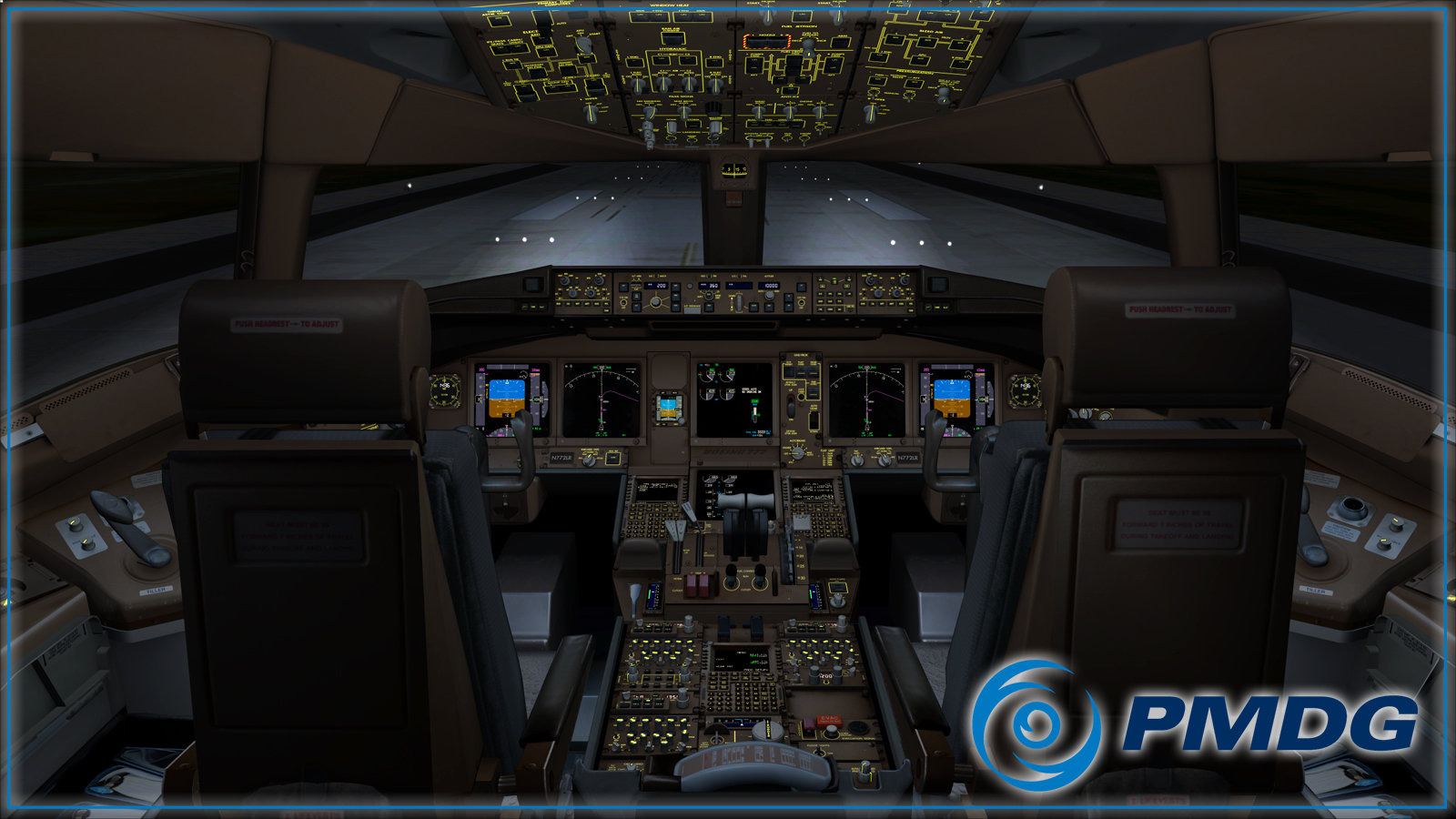

airlines all have a voluntary and confidential self-reporting structure for incidents. Safety incidents are not uncommon within airlines, though severe or catastrophic outcomes are. Related: Southwest Airlines and the anatomy of an IT meltdown in the days that followed, triggering the Christmas meltdown at Southwest Airlines. That same Pacific storm spawned a massive ice storm that stretched across the western and central U.S. The incident, which appears to have escaped any commentary on social media, came the same day 25 people were injured, six seriously, aboard a Hawaiian Airlines flight from Phoenix to Honolulu during severe turbulence in the vicinity of Maui. One senior aviation safety official said such an extreme dive would normally prompt a call to the aircraft to ensure there was no threat of hijacking or continuing issues maintaining control of the aircraft. Moments after the aircraft had recovered to roughly 3,000 feet, the controller cleared the 777 to proceed to waypoint EBBER, a navigation intersection 190 miles east of Maui. It is not clear if the abrupt dive and recovery of the flight was noticed by air traffic controllers in Maui, but the ATC recordings reviewed by TAC did not include any exchange about the incident. A flash flood warning had been issued that afternoon for Maui County. Weather information available at the time of departure showed heavy rain at the time of takeoff and that clouds were broken above 900 feet and overcast at 2,000 feet. The Boeing widebody configured with 364 seats was quickly turned around at SFO and departed to Chicago on its next flight about two and a half hours later. The aircraft subsequently climbed to 33,000 feet and landed in California 27 minutes early after the 4-hour and 15-minute Pacific crossing. The entire incident appears to have stretched no more than 45 seconds and in between radio calls with air traffic controllers in Maui, according to LiveATC recordings reviewed by The Air Current. Two people familiar with the incident said the climb produced forces of nearly 2.7 times the force of gravity on the aircraft and its occupants as that steep descent transitioned to an 8,600 foot per minute climb.

The aircraft quickly recovered, but not before descending below 775 feet. Granular data analyzed with Flightradar24 showed the aircraft reached roughly 2,200 feet before beginning a steep dive that, according to the tracking telemetry, reached a descent rate of nearly 8,600 feet per minute. aviation system in recent weeks.įlight 1722 from Maui to San Francisco left Kahului Airport at 2:49 PM Hawaiian time in stormy weather and initially appeared to climb normally.

#777 cockpit takeoff series#
The occurrence, not previously reported, adds to a series of extremely serious safety incidents and major operational disruptions within the U.S.
#777 cockpit takeoff full#
Please subscribe to gain full access to our all scoops, in-depth reporting and analyses.Ī United Airlines Boeing 777-200 came within around 800 feet of impacting the Pacific Ocean off the north coast of Maui shortly after takeoff on December 18.
#777 cockpit takeoff pdf#
Purchase a PDF of this article Air safety reporting by The Air Current is provided without a subscription as a public service.


 0 kommentar(er)
0 kommentar(er)
